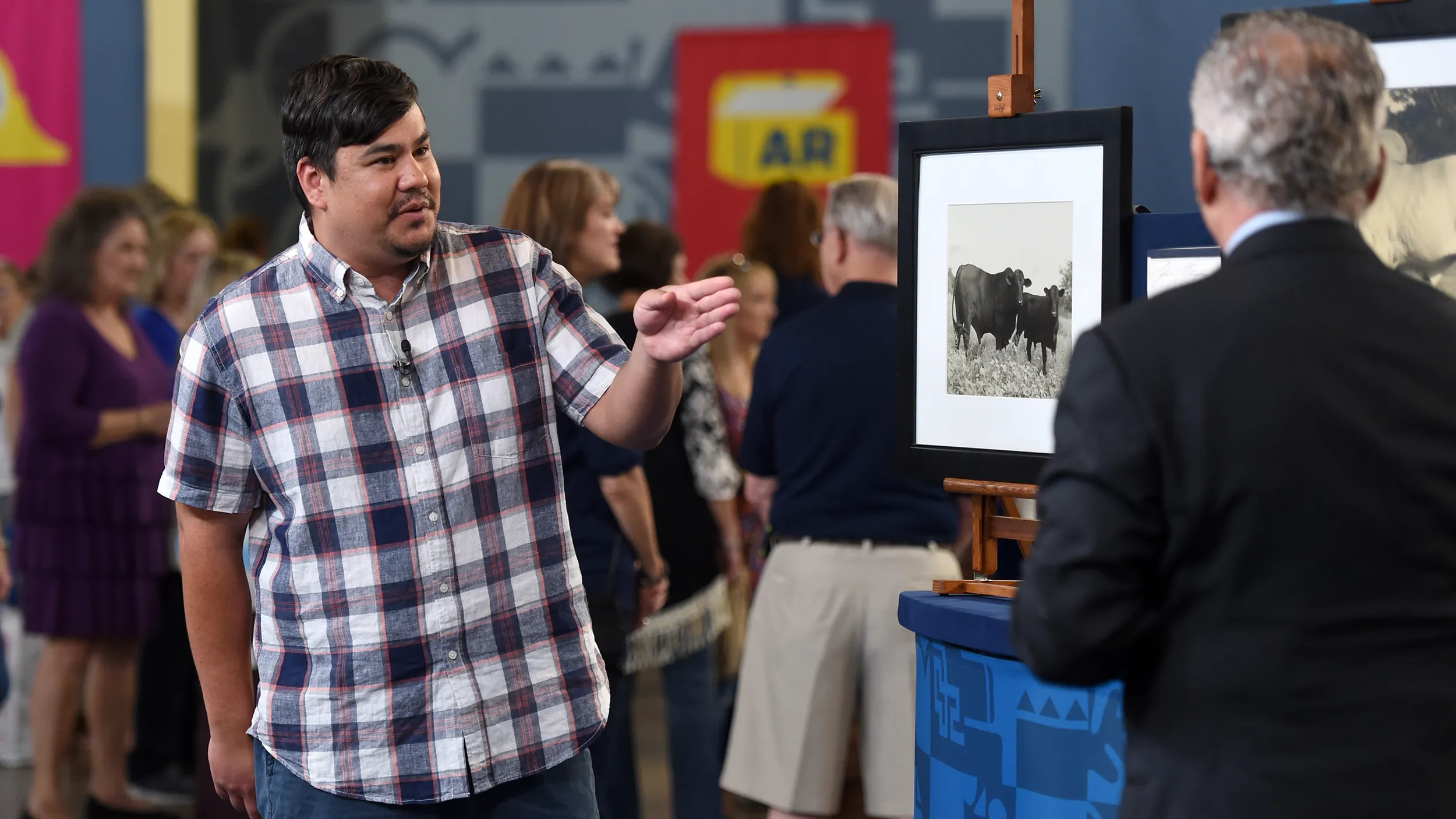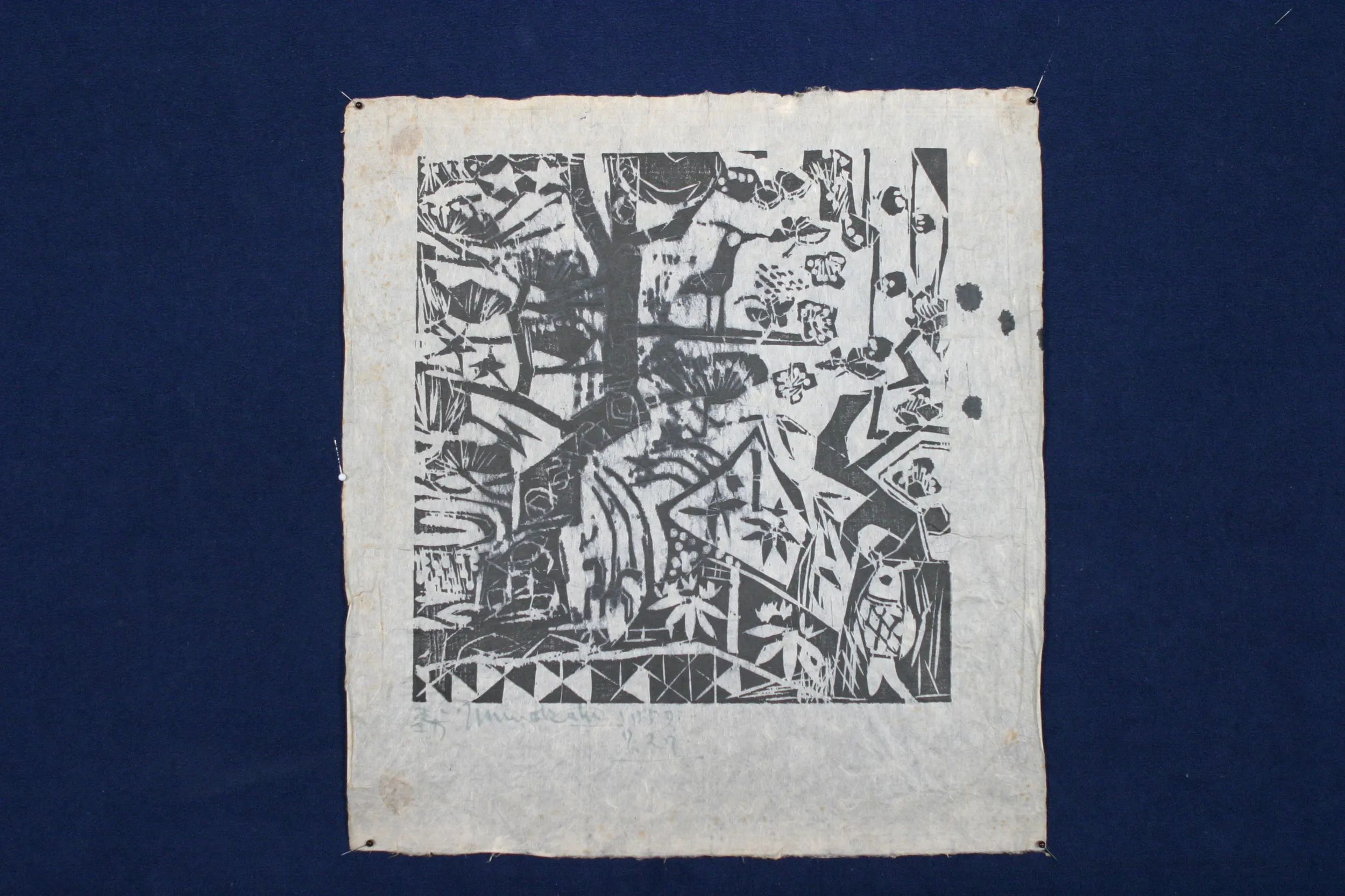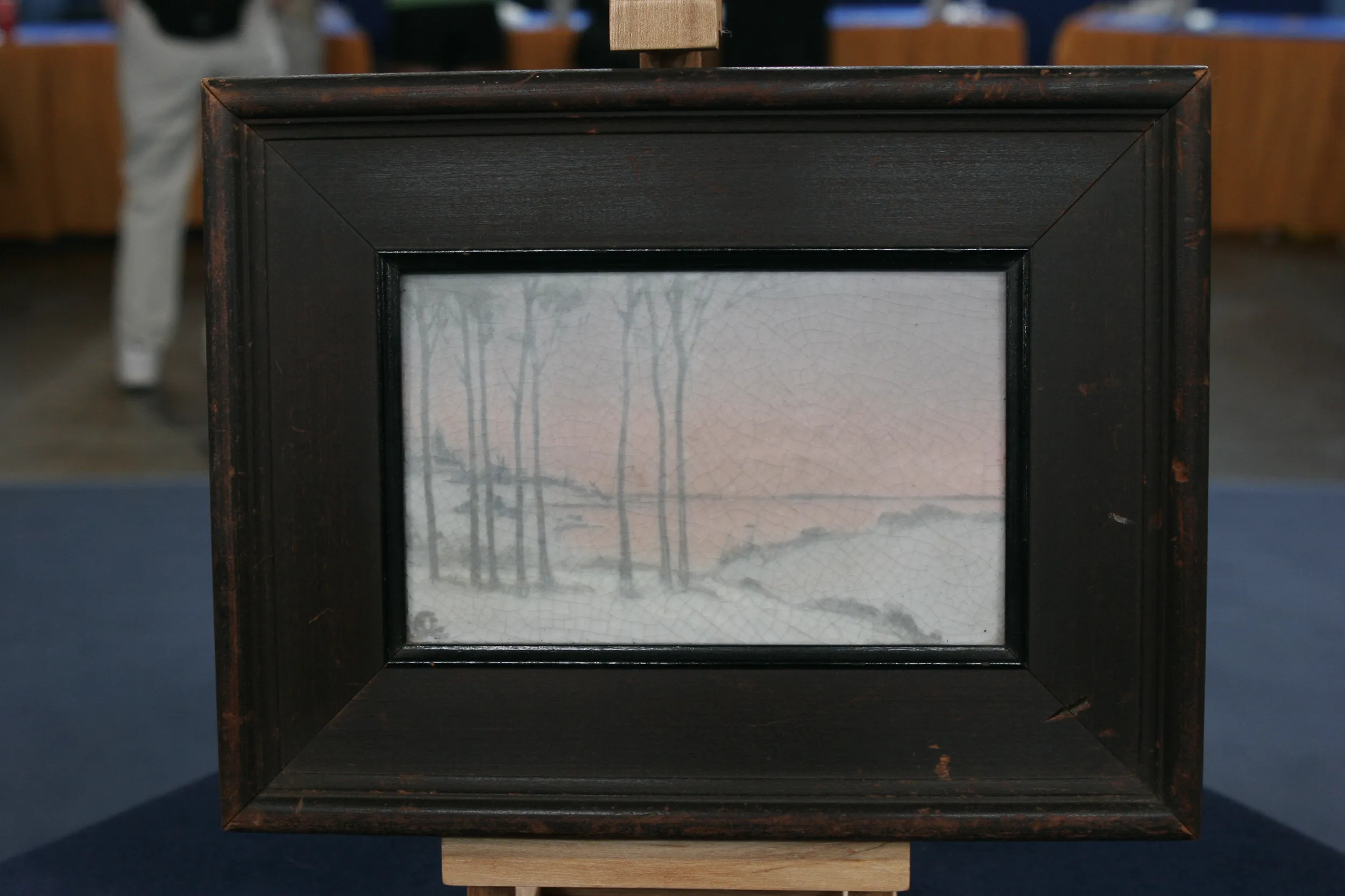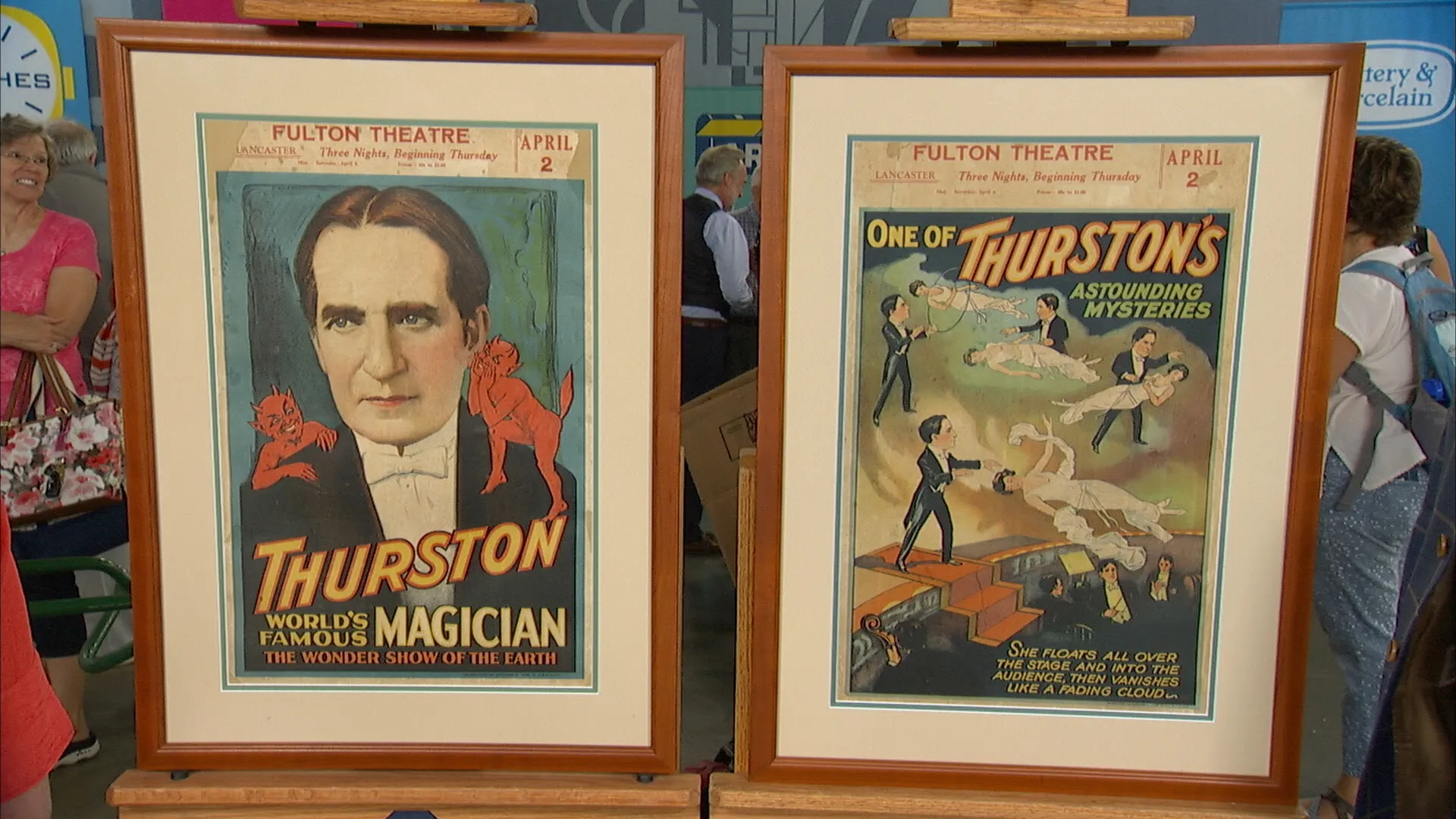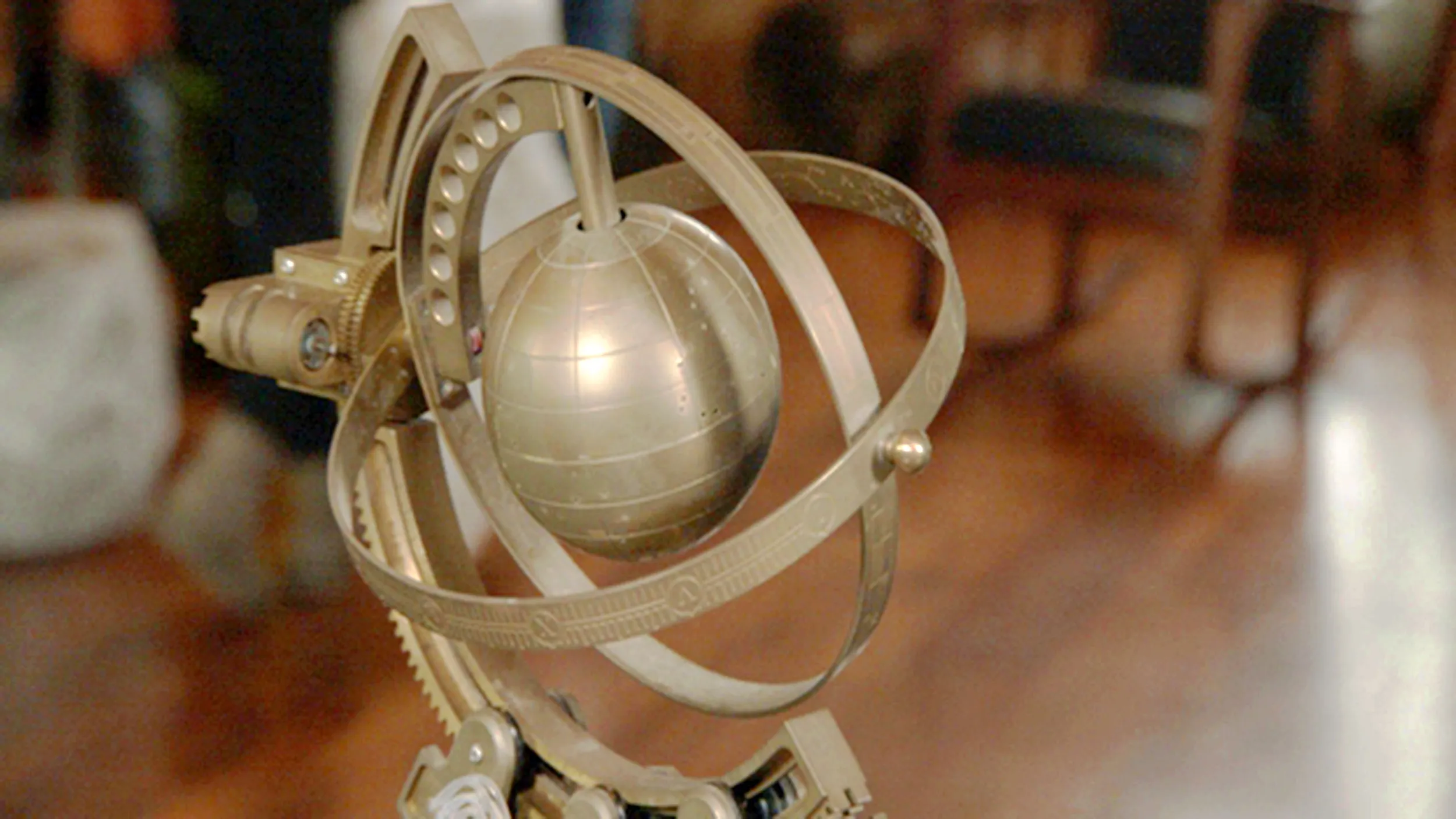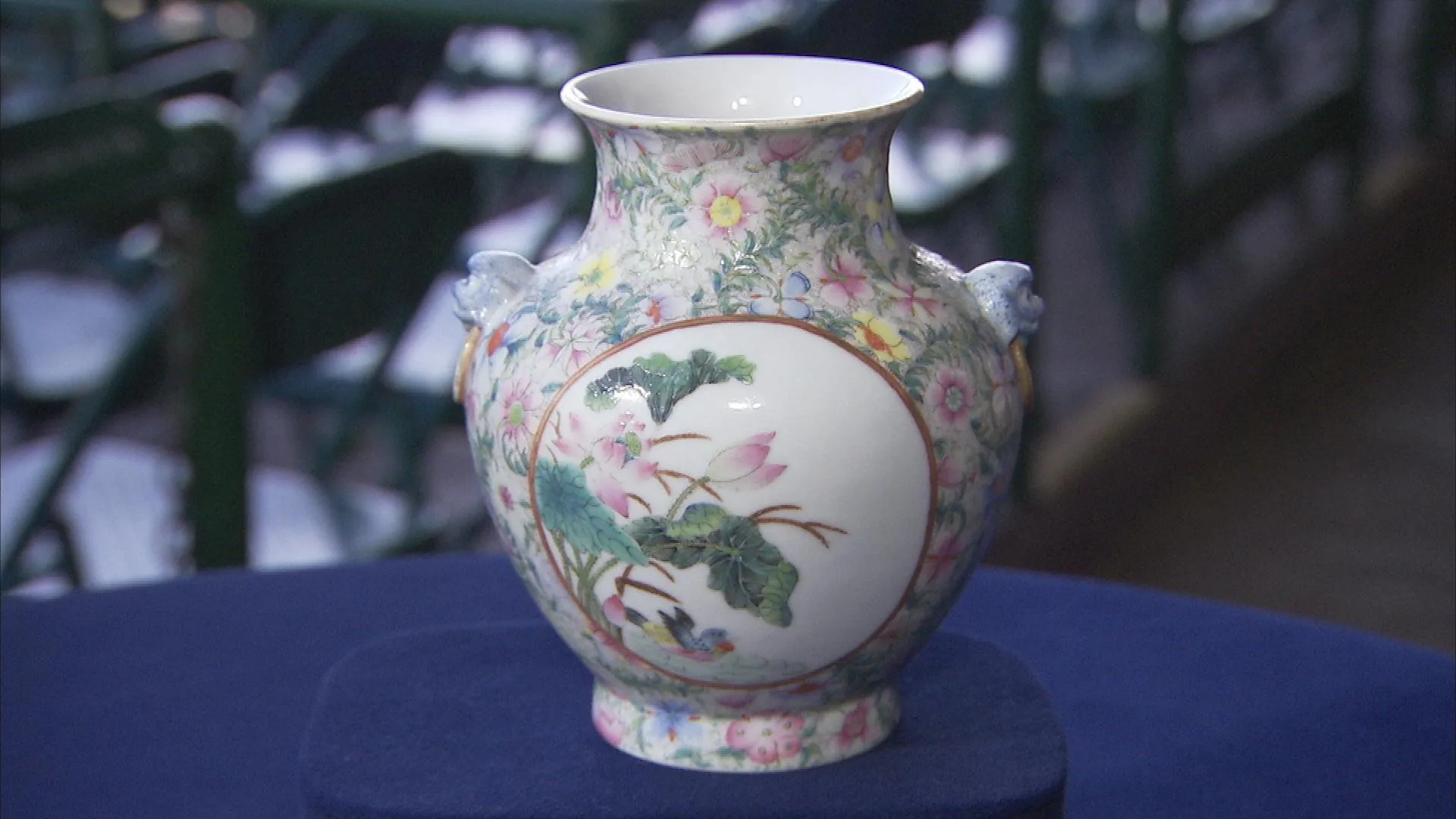GUEST: These two etchings were purchased by my mother, who is Dutch. And she relayed this to me that she purchased these in 1935 when she was nine, walking down the local block in Haarlem in the Netherlands in an old bookstore. For two guilders, which I guess at that time was pennies. I just remember them as a child growing up. She always had a keen sense of art and would go downtown in New York City to thrift stores and bring different things home. And we always had sort of a rotating frame of art all over the wall, but this was the one constant. This was always hanging on the wall when I remember growing up. She always thought they were worth something, and I inherited them.
APPRAISER: She was Dutch, she was living in Haarlem in the Netherlands, and acquired them in between the wars for...
GUEST: Correct.
APPRAISER: For pennies, which was still probably a difficult time to buy art. They're a pair, they're meant to be seen as a pair. They are engravings after designs by the famous artist Pieter Bruegel. And you can see Bruegel's name engraved in the plate on this one here closest to me. And then over here, the one closest to you down there on the lower right. And it's "Bruegel INV," which is a Latin abbreviation for "invented this," or designed it. So Bruegel is the designer behind these. He was a famous artist in his day. And he would have been hired by a Dutch publisher to produce drawings, which were then engraved by somebody who worked for the publishing firm. In this case they're by a fellow named Pieter van der Heyden, who then made engravings after Bruegel's designs in the 1560s. They were wildly popular in their day. They were the best satire in Europe, for the most part. One of the indicators of that is the legend beneath each of the engravings. You have the legend in both Dutch, on the right, and French, on the left. So throughout northern Europe, these would have been popular and collected by people, and they would have been produced in the hundreds, if not thousands. They're great satires. The subjects here are the rich kitchen, closest to me, and the poor kitchen. Or the fat kitchen and the thin kitchen. And you see all these great pokes at each of those subjects by Bruegel with these people just eating and living gluttonously, food all around them. And they are plump. Conversely, you have the people here in the poor kitchen, or the thin kitchen, just scraping by. There's a bunch at the table grabbing at roots in a bowl. There's this guy back here, the peasant kicking one of the fat people out the door. You have the emaciated dog down here. What do you think they're worth?
GUSET: Well, I know they're more than two guilders. (laughing)
APPRAISER: Whatever that is now.
GUEST: My guess would be maybe $1,000?
APPRAISER: They are very, very scarce. Very few impressions of these have come up for auction in the last 20, 30 years. And they're in good shape. A lot of times these were treated as ephemeral things, and they didn't last 100, 200 years beyond their creation. If these came up to auction today, I would put an estimate on them -- this is conservative - for the pair, at $20,000 to $30,000.
GUEST: Whoa.
APPRAISER: Now, just in the last five years, two other sets have come up for sale. At more conservative estimates, in what I can tell similar condition to these, and they've sold for $55,000 and $60,000 the pair. So when I say $20,000 to $30,000 conservatively, I think you could go much higher than that with these.

